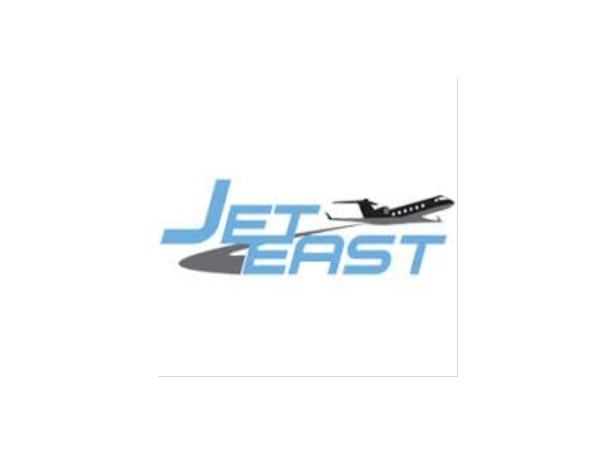
In purely financial terms, it is not one of the biggest deals of the decade. But Gama Aviation’s acquisition of Trenton, New Jersey-based Jet East Corporate Aviation may highlight one way out of the post-COVID-19 doldrums for business aviation MRO.
The acquisition, announced Jan. 15, saw Gama Aviation Engineering, a U.S. subsidiary of Britain’s Gama Aviation, paying $7.7 million in cash, with a further $1 million deferred over two years. The company is also assuming $3.2 million of Jet East debt.
The combined company—which will be branded as Jet East, a Gama Aviation company—benefits from the precursor firms’ complementary infrastructures, with Gama’s existing U.S. facilities added to Jet East sites concentrated in the Northeast, Great Lakes and Midwest.
The combined company—which will be branded as Jet East, a Gama Aviation company—is largely complementary, with Jet East’s operations concentrated in the Northeast, Great Lakes and Midwest.
“There’s hardly any overlap,” says Marwan Khalek, Gama Aviation’s CEO. He points out that the acquisition “more or less doubles the size of our operation in the U.S. overnight. We have some common clients, and this consolidates our position with those clients. It enlarges our engineers base. We’re a service business, and service business is all about the people, and the culture of both companies is very aligned.”
“We each had about 200 people, and the only overlap is a couple of technicians in the Northeast,” says Stephen Maiden, who joined Jet East in March 2020 and is now CEO of the combined company. “Everywhere else there is literally no [duplication]. It provides a unique opportunity where you can work on the integration and immediately start providing nationwide, coast-to-coast support to the industry.”
Although business aviation has weathered the COVID-19 storm better than commercial aviation, the sector has been significantly impacted. Similarly, maintenance provision has been less exposed than operations. As Khalek points out, many major checks are mandated based on aircraft age rather than utilization, and so have to proceed whether jets have been flying frequently or not. And some owners have sought to take advantage of enforced downtime by bringing forward major maintenance or refurbishment programs while the aircraft are being flown less often.
Still, the sector has taken some hits. Khalek estimates that Gama has been operating at around 70% of normal capacity. And while discussions about the acquisition began before the pandemic hit, there are advantages to being a little less busy when it comes to the practical challenge of integrating the businesses.
“It’s never easy,” Khalek says. “When you try to [integrate] when you’re flat out, it brings additional challenges. Doing it when things are not flat out does create bandwidth for us to pay attention to this and get our processes and integration and alignment in place in a more orderly fashion. I have to say, I would rather be flat out and deal with the challenge that provides. But if there is going to be a silver lining from [COVID], it’s the fact that it gives us extra bandwidth.”
This may also, therefore, be a good time for companies in the sector to consolidate, consultants say. As well as navigating the COVID-created downturn, independent maintenance, repair and overhaul providers face increased competition from aircraft manufacturers, which have invested heavily in their own maintenance operations.
Richard Brown, managing director of Naveo, a consultancy firm, notes that OEMs end up with a lot of MRO work while aircraft are under warranty, but independents often capture a larger share of maintenance of older aircraft. With aircraft generally flying longer and needing periodic—and potentially lucrative—through-life upgrades, OEMs have redoubled efforts to win that business.
“The OEMs realized you need to keep in touch with your customers, because if they go to completely independent solutions, then you don’t talk to them about new models that are coming out,” he says. “So, when you saw some large independent players like Jet Aviation buying and taking control of some independent shops, you saw a counter from the OEMs to set up their own facilities.”
And, as aircraft become more sophisticated and require more specialized equipment to maintain and repair composites or complex avionics, mergers of smaller independent operators may become more commonplace—even necessary—as firms in the sector jostle for position in what looks to remain an expanding market, Brown says.
“I suspect, where it makes sense, you’re going to see strong independents that have a great value proposition perhaps being acquired by another independent, or by an OEM facility,” Brown says. “But there’s plenty of room in the market, and plenty of opportunity.”



